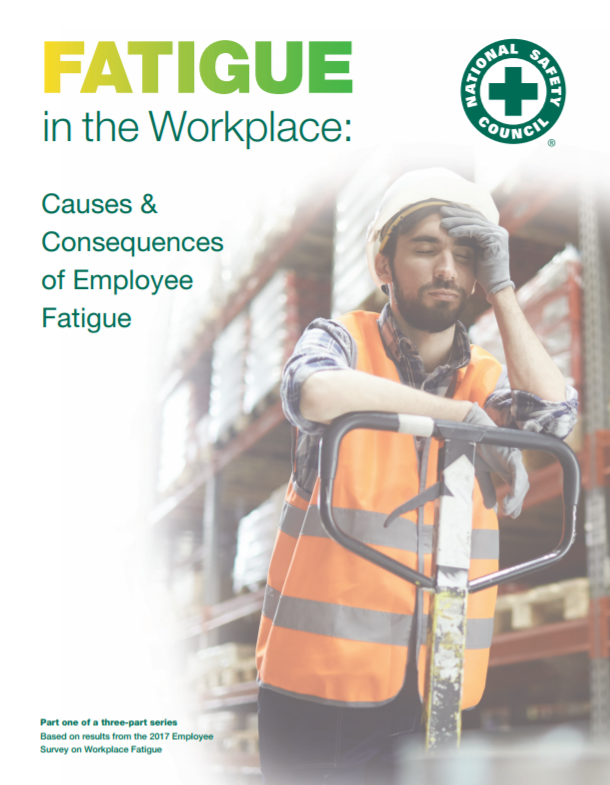Inclement Weather Policy Should Factor In Safety, Pay
An inclement weather policy has two dimensions: The first and most important is employee safety; the second is pay.
“Employers should give serious thought to allowing employees to stay home on days when there is a significantly elevated risk of a traffic accident, as no employer wants to see an injury or fatality occur because an employee felt obligated to come to work even though the roads were not safe,” noted Paul DeCamp, an attorney with Epstein, Becker & Green in Washington, D.C., and former administrator of the U.S. Department of Labor Wage and Hour Division.
A Refresher on Pre-employment Medical Exams
Do you require medical exams of applicants before they start working for you? If so, do you know the rules that the ADA requires you follow?
Last month, the EEOC settled a lawsuit it brought against a Florida staffing firm for alleged unlawful pre-employment medical exams under the ADA, which serves as a good reminder for employers of these rules.
OSHA delays enforcing crystalline silica standard
WASHINGTON – The U.S. Department of Labor’s Occupational Safety and Health Administration today announced a delay in enforcement of the crystalline silica standard that applies to the construction industry to conduct additional outreach and provide educational materials and guidance for employers.
Stormwater violations – The true cost of non-compliance
Millennials’ Adderall Addiction
In 2010, when Raphael was a first-semester college freshman struggling to get through finals, he did what it seemed like all his friends were doing: he got an Adderall from a fellow student and holed up in the library. It was the first time he’d tried the stimulant—a mixture of amphetamine salts often prescribed for attention deficit hyperactivity disorder (ADHD)—which is often used off-label as a “study drug” by those not diagnosed with the disorder.
Tips and Tactics for a Stronger Safety Committee
What elements go into making a safety committee successful? This Compliance Report delivers reminders, tips, and best practices. Be sure to share the content with your committee and use it as a departure point for improvements at your site or company.
NSC Report: Causes and Consequences of Employee Fatigue
Fatigue is a growing problem affecting the workforce. Research estimates that 13% of workplace injuries can be attributed to fatigue.
A new report from the National Safety Council, Fatigue in the Workplace: Causes and Consequences of Employee Fatigue, breaks down a probability-based survey of more than 2,000 working adults and their experience with fatigue. The report shows that 97% of workers have at least one workplace fatigue risk factor, while more than 80% have more than one risk factor. When multiple risk factors are present, the potential for injuries on the job increases.
Opiod-related insurance claims rose more than 3,000% in 7 years
Health insurance claims for people hooked on prescription painkillers and heroin skyrocketed as the number of Americans who fatally overdosed on those opioids hit record highs, a new analysis reveals.
Screen Time May be Aging Worker’s Eyes
The Vision Council’s new report, Eyes Overexposed: The Digital Device Dilemma, based on its fourth annual “VisionWatch Survey,” finds some issues have arisen since workers began using digital devices constantly at work and at home…Millennials are “the ultimate device multitaskers,” while adults in their 30s are “cubicle dwellers” who use computers all day on the job, then other digital devices off hours. Workers in their 40s experience the beginnings of age-related changes to their eyes, while those in their 50s and 60s are seeing the cumulative effects from years of computer and other digital use, as well as normal eye changes as they age.The Vision Council found that 60% of people use digital devices for 5 or more hours a day, and 65% experience vision problems including dry eyes, irritation, or blurred vision after spending time reading digital devices….Even going from a computer screen to looking at a smartphone can cause increased harm because workers hold the smaller devices closer (8 to 12 inches) to their face, decreasing their blinking rates and leading to dry, irritated eyes. The angles at which smartphones are held are also inconsistent, resulting in focusing issues.One of the most frightening findings from the report, says the Post, is that that adults under 30 experience the highest rate of digital eye-strain symptoms (73%) compared with other age groups. And eye conditions that used to be found in seniors are now being diagnosed in people in their 20s and 30s! Increased computer use is resulting in workers’ eyes aging prematurely, so younger employees are developing once-rare conditions such as “accommodation spasms” and “retinal migraines.”
…What can employers do? Besides providing eye-care coverage in their health benefits,… companies can provide employees’ computers with:











